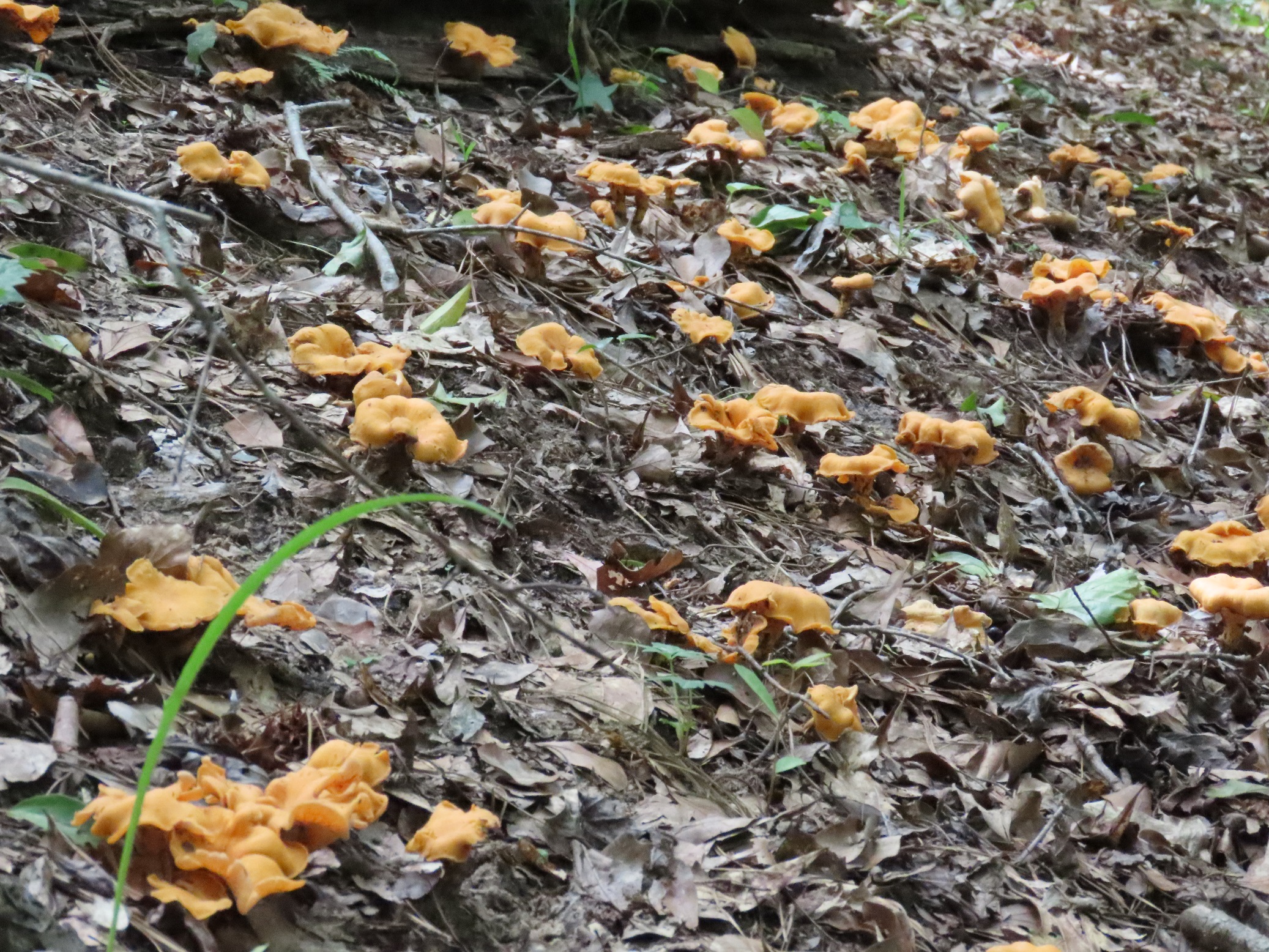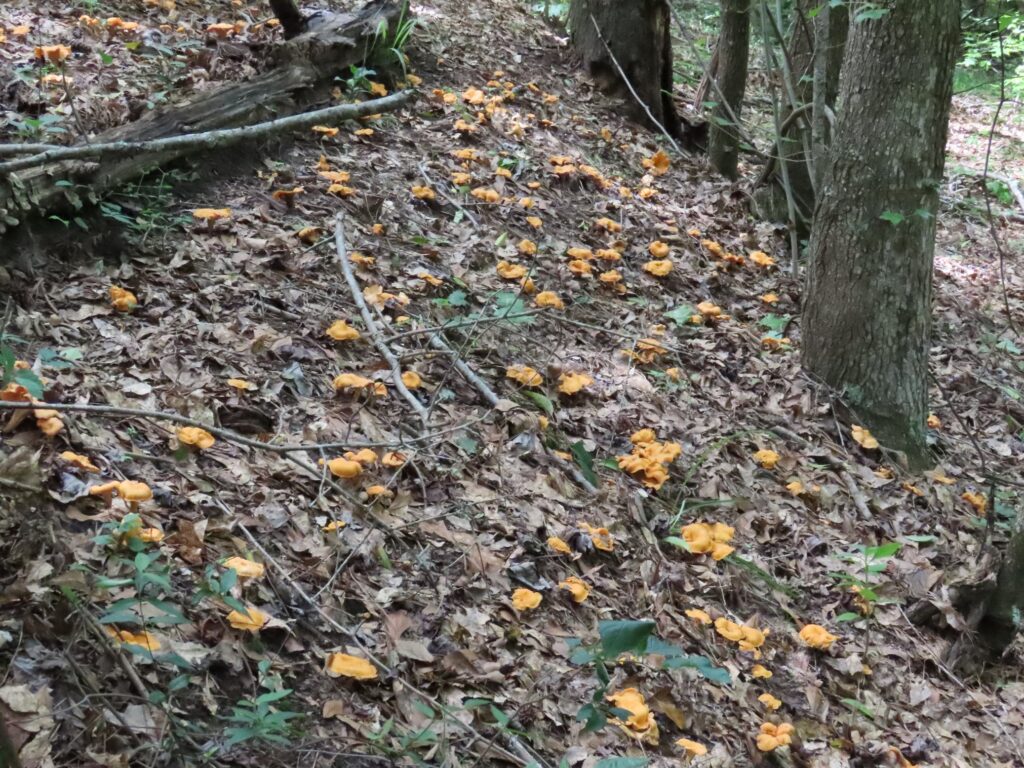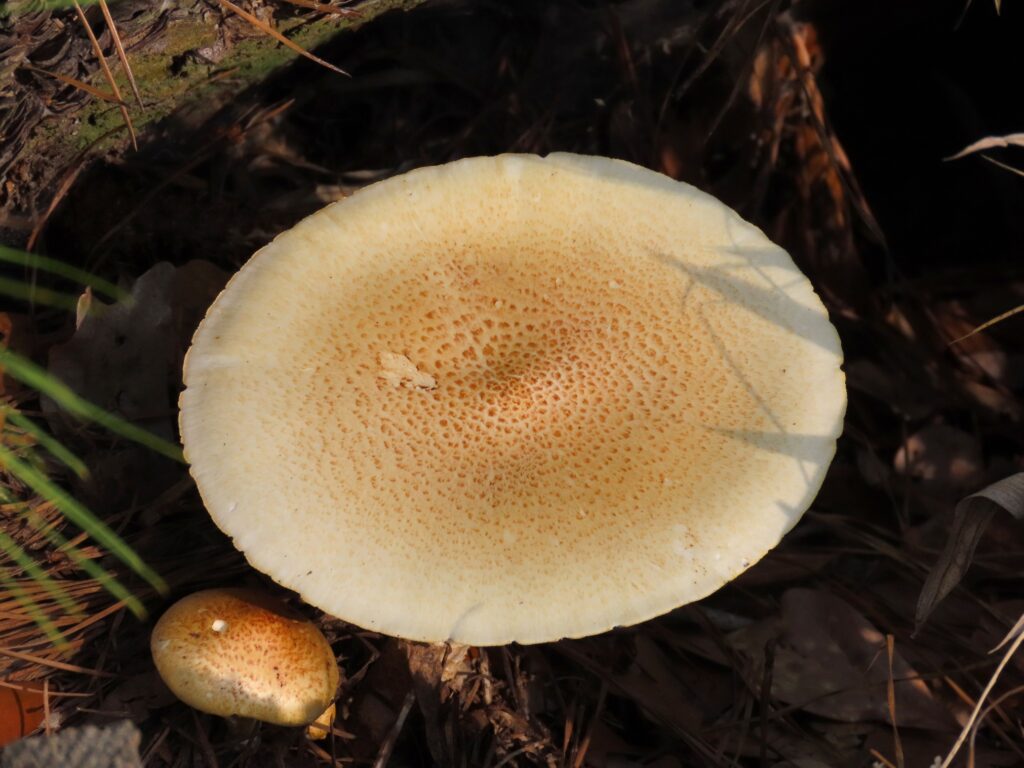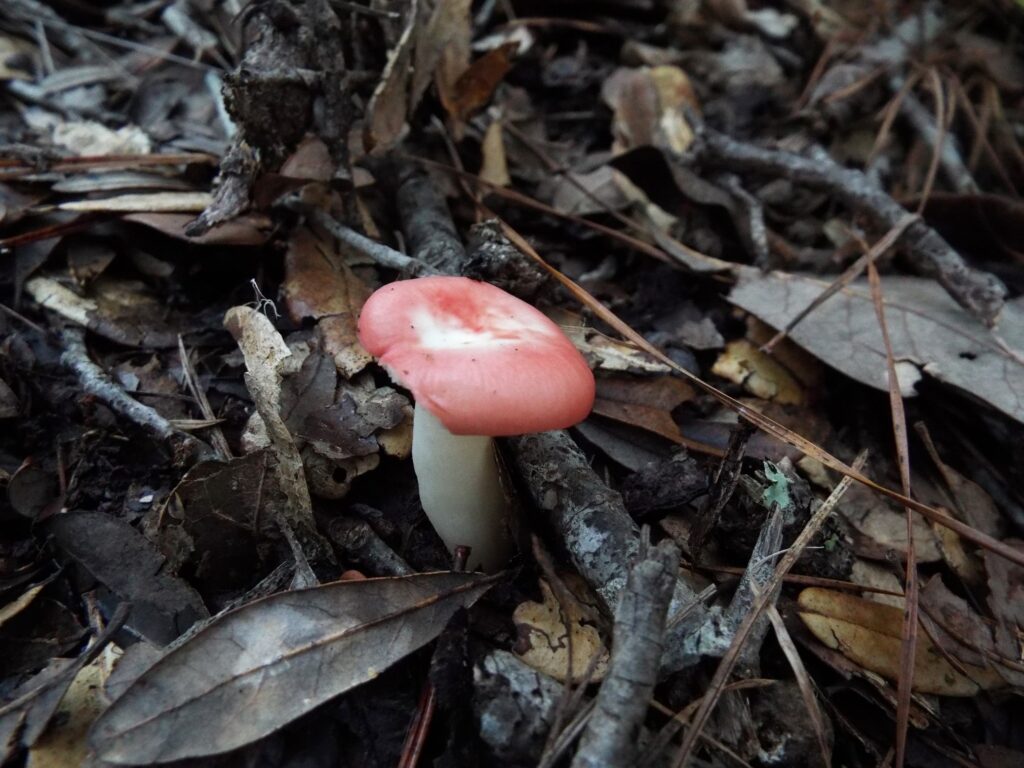



This week for Flora and Fauna Friday we have a very important member of our local ecosystem that we all have seen but only a few recognized: ectomycorrhizal fungi.
Now, mycorrhizal fungi are not a specific clade of fungi. They’re a group of fungi who play a similar role in the ecosystem. That role is a mutualistic relationship with plants, most easily observed in the wild on trees. The plant and the fungus work together and the partnership is a win for both organisms. Mycorrhizal fungi are a critical link in the nutrient cycle and, without them, timber production and forest vigor would be far reduced in many parts of the world. Many of the mushrooms you commonly see, such as Amanitas, Russalas, and Boletes, are mycorrhizal fungi and so are many prized edible mushroom like Chanterelles, Milkcaps, Black Trumpets, and Truffles.
Mycorrhizal fungi live underground. The mycorrhizal relationship happens in the soil at the roots of the plant. The term mycorrhizae literally means “fungus-root” in Latin. Here the hyphae of the fungus and the roots of the plant “hold hands” and form a complex interconnected network of roots. The fungi can then act as an extension of the plant’s root system. This gives the plant a new source of hard to get nutrients and water that the fungus’ hyper-fine hyphae can suss out of the soil and that its specialized enzymes can pull out of detritus. In exchange, the plant feeds the fungus sugars and other carbohydrates that it produced through photosynthesis. Together the two organisms prosper. The plant has better access to nutrition and the fungus gets something to eat other than dirt and sticks.
There are two general groups of mycorrhizal fungi which are defined by how they interact with the plant. They are endomycorrhiza and ectomycorrhiza. The prior can be broken down further into Arbuscular and Ericoid but we’ll save that for another day. The main difference is that endomycorrhizal fungi live inside the cells of the plant’s roots and ectomycorrhizal fungi live outside the plants roots. I’ll mainly be talking about ectomycorrhizal fungi today. However, just know that endomycorrihzal species are far more common and associate with many more plant species. Yet, they’re much harder to observe and are obligate symbionts, meaning they can’t survive for long without a host plant to attach to. Ectomycorrhizal fungi on the other hand are usually not dependent on a host. They can live freely in the soil as a saprotrophic fungi. (Fungi that get their meals by digesting detritus and rotting plant material in the soil.) These ectomycorrhizal fungi generally associate with woody plants, like shrubs and trees, and are also the species that produce the highly visible, and sometimes edible, mushrooms we often see scattered across the forest floor. Their saprotrophic abilities combined with their mycorrhizal relationship allow them to speed up the nutrient cycle in forest ecosystems. Fast tracking nutrients, that would otherwise be locked up in leaf litter, back into the trees. This makes forests more resilient allowing them to better respond to and recover from logging or natural disasters.